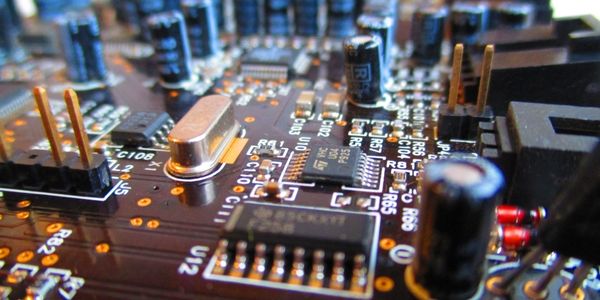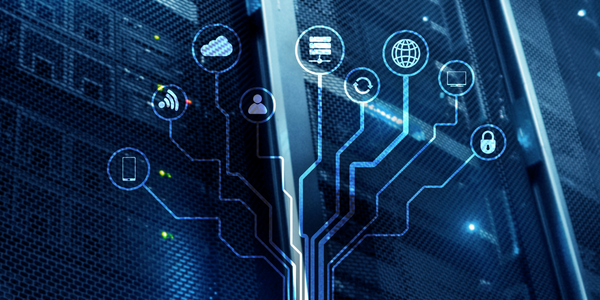公司规模
Large Corporate
地区
- America
- Asia
- Europe
国家
- Worldwide
产品
- Benchmark EHS applications
- Gensuite applications
技术栈
- Digital process integration
实施规模
- Enterprise-wide Deployment
影响指标
- Productivity Improvements
- Digital Expertise
技术
- 应用基础设施与中间件 - 数据交换与集成
适用行业
- 电子产品
适用功能
- 商业运营
- 人力资源
服务
- 培训
- 系统集成
关于客户
The customer is a Fortune 500 company with a global footprint, having sites in over 175 countries. The company focuses on advanced technology for digital process integration. Following a major business merger and acquisition event, the company needed to integrate EHS at over 300 global sites. This required a cohesive strategy that included phased transition planning, stakeholder outreach and training, and systematic global implementation.
挑战
The company faced the challenge of integrating EHS at over 300 global sites following a major M&A event. This required a cohesive strategy that included phased transition planning, stakeholder outreach and training, and systematic global implementation. The company needed global EHS/IT system training capabilities to reflect its footprint by region, time zones and languages to minimize costs and travel and meet local needs. They also needed an effective training and implementation plan to facilitate the adoption of a new EHS management system at integration sites, and site-specific support with in-person or Webinar-based training.
解决方案
The company implemented a tailored four-part training program to successfully integrate site data and users, and launch Benchmark EHS applications. The training program included training preparation overview and plan, phase 1 kickoff/introduction call with a focus on core EHS/IT system features, phase 2-3 introduction to Gensuite applications in established priority order, and phase 4 follow-up sessions to extend training. The company also scheduled weekly/bi-weekly reviews with EHS integration leaders. The company also implemented a systematic introduction, transition and training plan, a unified system for all key EHS management processes, a global training program with regional in-person sessions, and a monthly review schedule for progress tracking, feedback and update communication.
运营影响
数量效益

Case Study missing?
Start adding your own!
Register with your work email and create a new case study profile for your business.
相关案例.

Case Study
Remote Temperature Monitoring of Perishable Goods Saves Money
RMONI was facing temperature monitoring challenges in a cold chain business. A cold chain must be established and maintained to ensure goods have been properly refrigerated during every step of the process, making temperature monitoring a critical business function. Manual registration practice can be very costly, labor intensive and prone to mistakes.
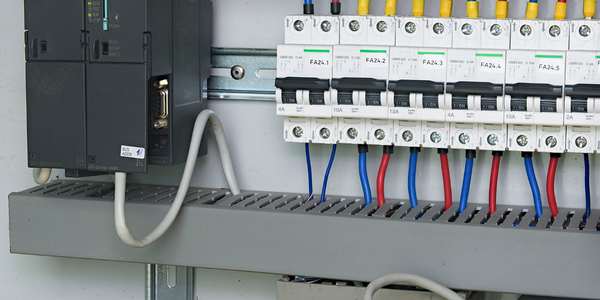
Case Study
Predictive maintenance in Schneider Electric
Schneider Electric Le Vaudreuil factory in France is recognized by the World Economic Forum as one of the world’s top nine most advanced “lighthouse” sites, applying Fourth Industrial Revolution technologies at large scale. It was experiencing machine-health and unplanned downtime issues on a critical machine within their manufacturing process. They were looking for a solution that could easily leverage existing machine data feeds, be used by machine operators without requiring complex setup or extensive training, and with a fast return on investment.
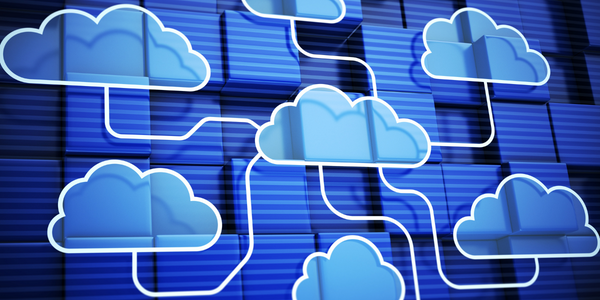
Case Study
Cloud Solution for Energy Management Platform-Schneider Electric
Schneider Electric required a cloud solution for its energy management platform to manage high computational operations, which were essential for catering to client requirements. As the business involves storage and analysis of huge amounts of data, the company also needed a convenient and scalable storage solution to facilitate operations efficiently.
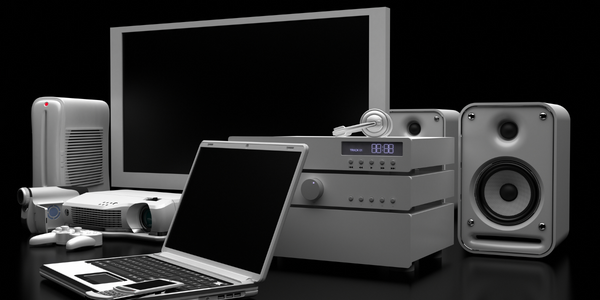
Case Study
Leveraging the IoT to Gain a Competitive Edge in International Competition
Many large manufacturers in and outside Japan are competing for larger market share in the same space, expecting a growing demand for projectors in the areas of entertainment, which requires glamor and strong visual performance as well as digital signage that can attract people’s attention. “It is becoming more and more difficult to differentiate ourselves with stand-alone hardware products,” says Kazuyuki Kitagawa, Director of Service & Support at Panasonic AVC Networks. “In order for Panasonic to grow market share and overall business, it is essential for us to develop solutions that deliver significant added value.” Panasonic believes projection failure and quality deterioration should never happen. This is what and has driven them to make their projectors IoT-enabled. More specifically, Panasonic has developed a system that collects data from projectors, visualizes detailed operational statuses, and predicts issues and address them before failure occurs. Their projectors are embedded with a variety of sensors that measure power supply, voltage, video input/ output signals, intake/exhaust air temperatures, cooling fan operations, and light bulb operating time. These sensors have been used to make the projector more intelligent, automatically suspending operation when the temperature rises excessively, and automatically switching light bulbs. Although this was a great first step, Panasonic projectors were still not equipped with any capability to send the data over a network.







